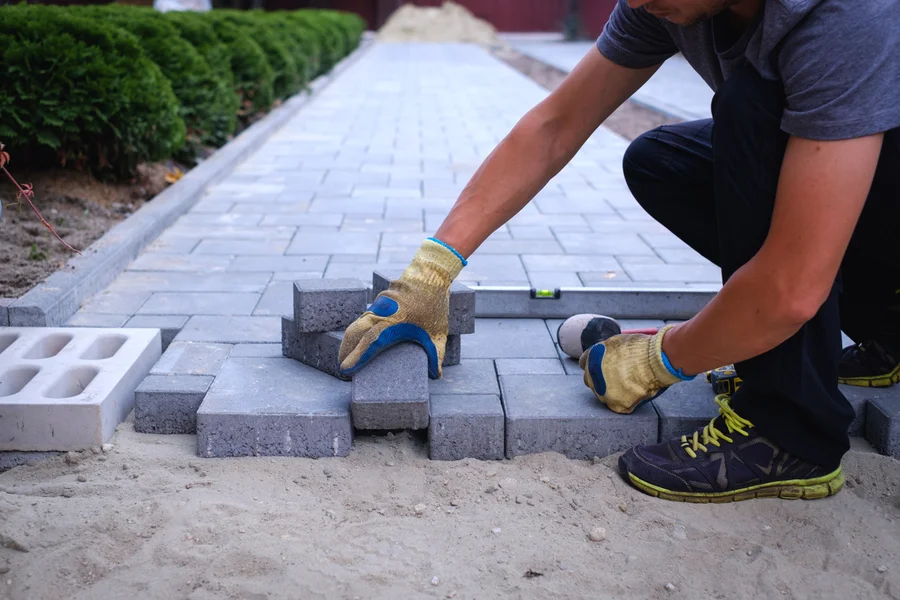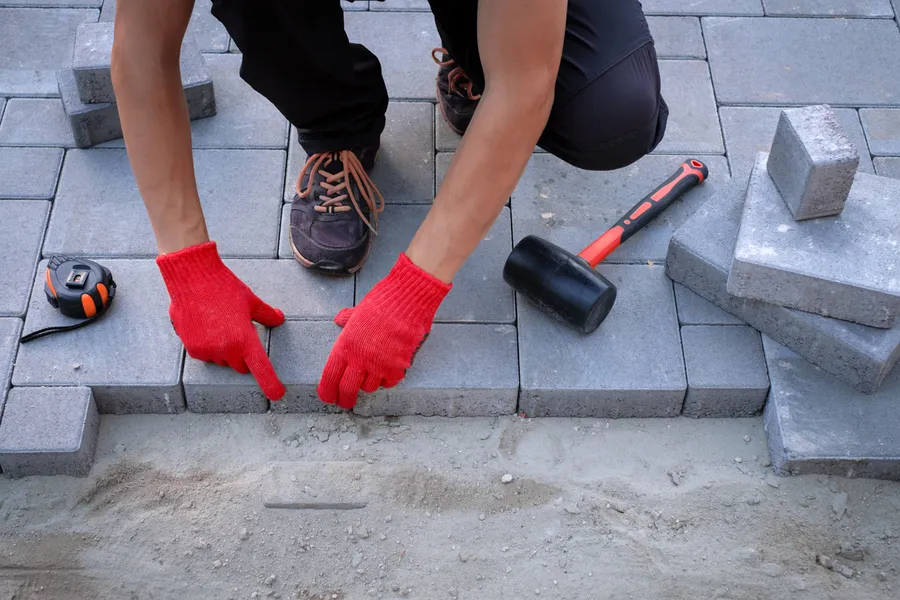A Guide to Choosing the Best Foundation Material
Creating a patio that lasts for years requires choosing the right base. The foundation is crucial to ensuring durability and stability in your outdoor space. Without a proper base, you may face issues like uneven surfaces or premature wear. This guide will help you understand how to select the best materials and methods for building a strong and lasting patio.

The Importance of a Solid Foundation
A solid foundation is key to any successful patio project. It not only supports the structure but also helps prevent shifts and cracks over time. A well-built base ensures that your patio remains level and stable through varying weather conditions. Understanding the importance of this first step can save you from costly repairs down the line.
Common Materials Used for Patios
When considering patio installation, several materials are commonly used for the foundation. Gravel, sand, and crushed stone are popular choices due to their ability to provide good drainage and support. Each material has its benefits, so it is essential to choose one based on your specific needs.
Steps for Building a Lasting Base
The process of patio installation involves several steps. First, you need to excavate the area to a suitable depth, usually around 8 inches. Next, lay down a layer of gravel, followed by sand, which acts as a leveling agent. Finally, compact these layers to ensure they form a sturdy base for the patio surface.
Benefits of Using Quality Materials
Using high-quality materials in your patio’s base construction offers numerous benefits. Quality materials contribute to better water drainage, which reduces erosion risks. They also provide consistent support to prevent sinking or shifting, ensuring your patio stands the test of time.
- Enhanced durability
- Better water management
- Reduced maintenance costs
- Improved structural integrity
Challenges in Building a Patio Base
Building a patio base comes with its challenges. One common issue is inadequate drainage, leading to water pooling under the surface. Another challenge is ensuring proper compaction; failure here can cause settling and unevenness. Addressing these challenges early ensures a smooth installation process.
Expert Tips for Best Results
To achieve the best results when laying a patio base, consider these expert tips. Use a plate compactor to compress each layer thoroughly. Choose crushed stone instead of rounded gravel for better interlocking properties. Additionally, slope the base slightly away from structures to promote drainage.
- Excavate the area properly
- Select appropriate materials
- Compact each layer thoroughly
- Ensure adequate drainage
- Check level before adding top surface
Cost Considerations When Building a Patio Base
The cost of constructing a patio base varies depending on material choice and size. High-quality materials might seem expensive upfront but offer long-term savings through reduced maintenance and extended lifespan. Investing wisely in the foundation ensures better return on investment.

Final Thoughts on Your Patio Project
For those seeking a durable outdoor space, selecting the right base is crucial. Located in Danbury, CT, I offer professional guidance in selecting materials that best suit your needs. Contact Horna Co Group Inc. at (914) 715-0387 today for advice on making your patio both functional and beautiful.